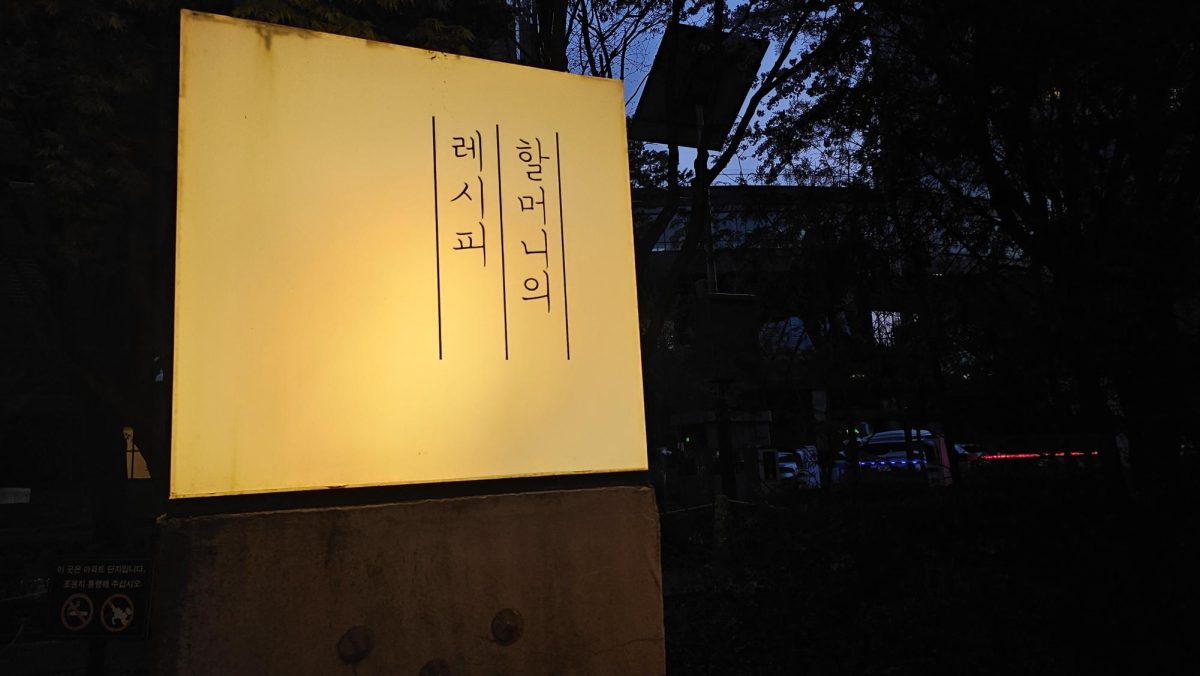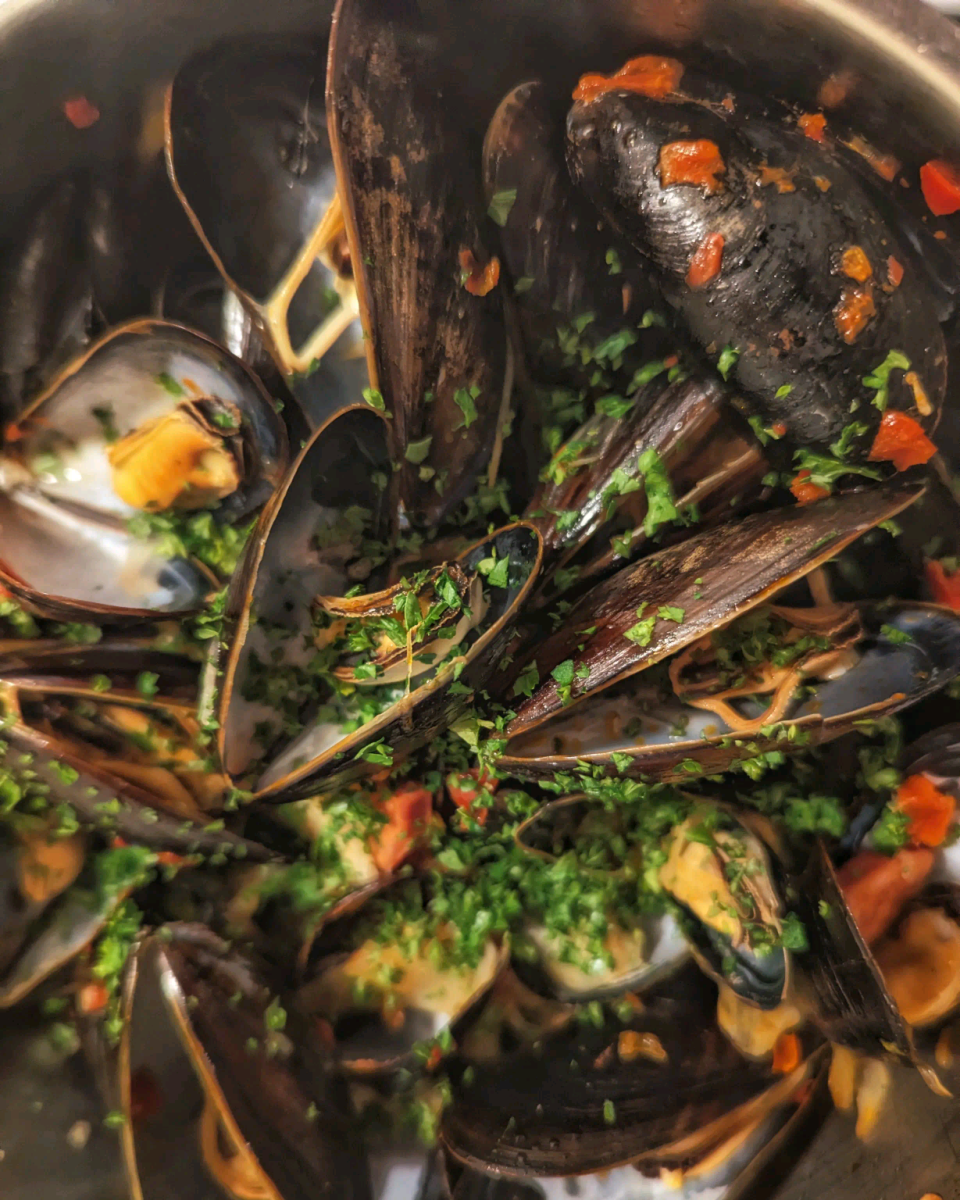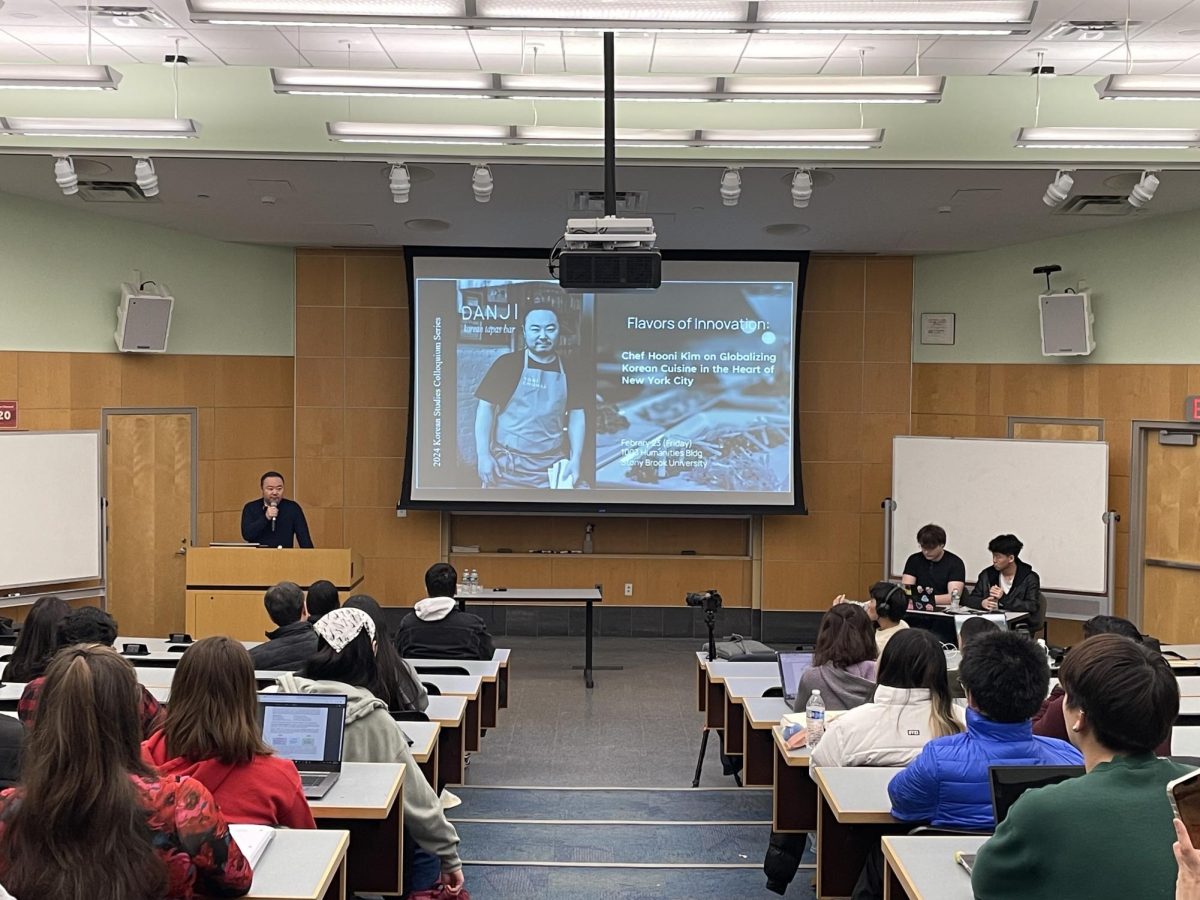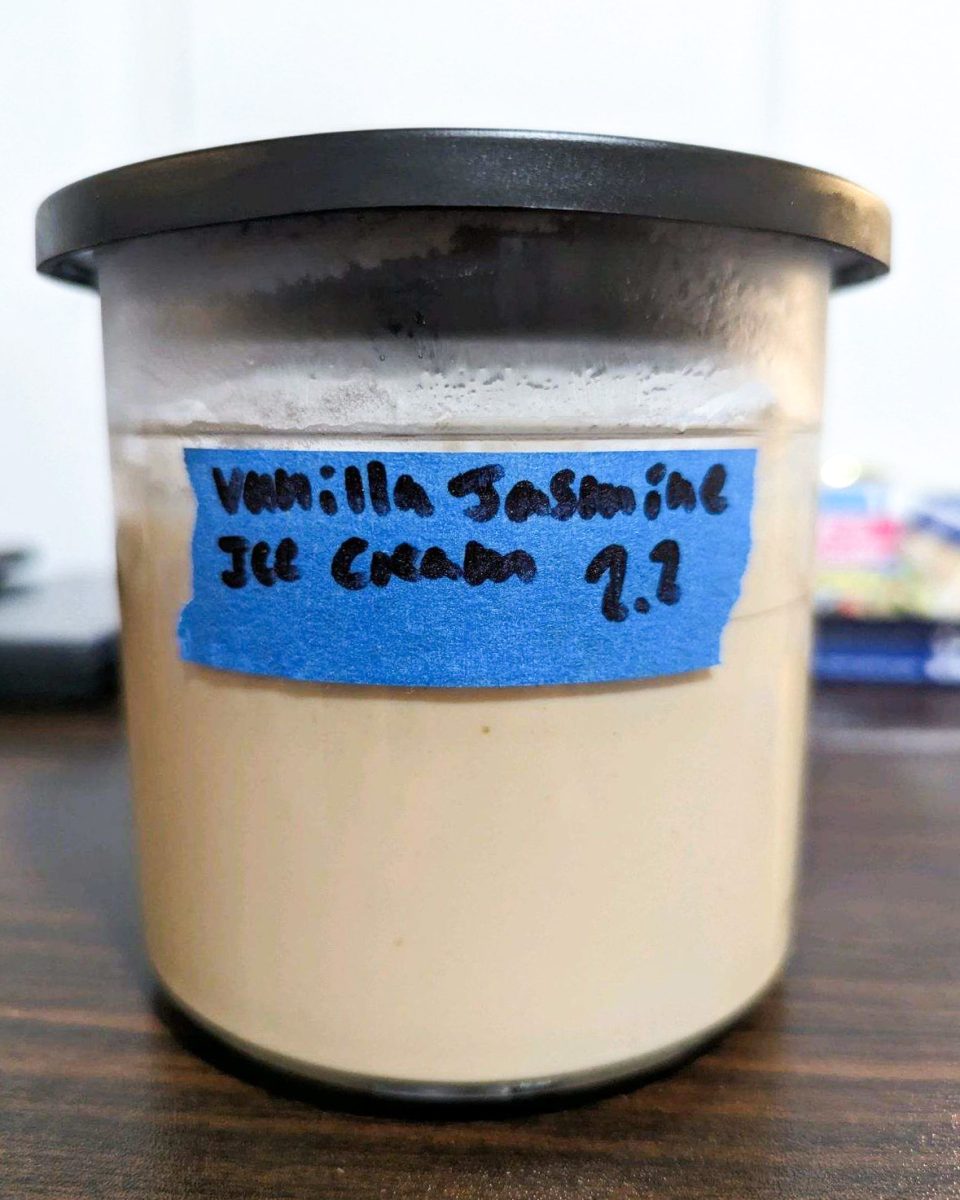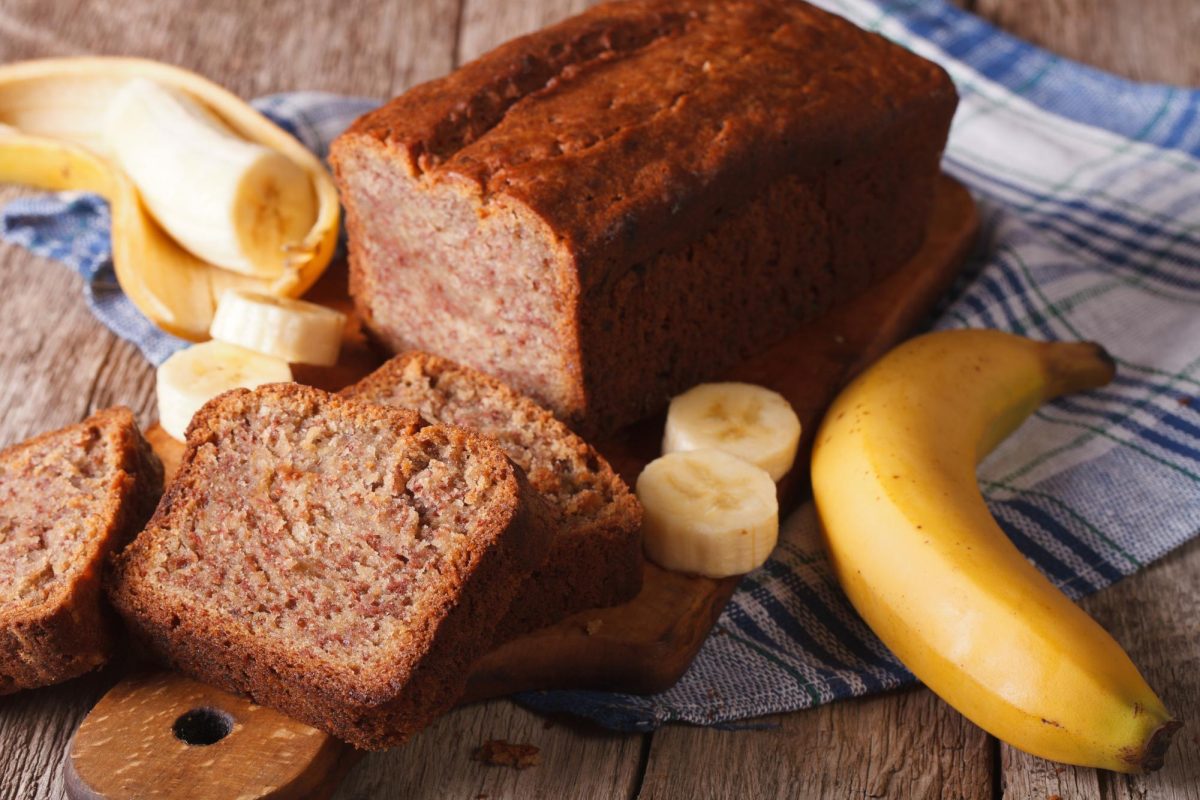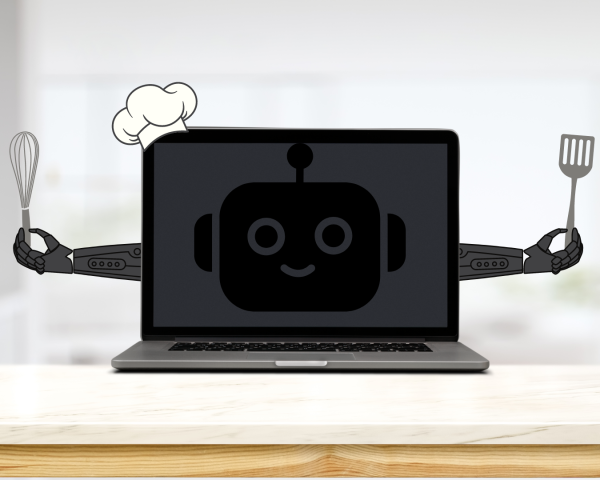
The future of artificial intelligence (AI) is upon us, so why not welcome it into the kitchen? Softwares such as ChatGPT can do way more than cripple academic honesty. It can be a useful tool in the kitchen, offering insights and smoothing the cooking process.
With so many online recipes and techniques from renowned chefs, sifting through it all to figure out what works for you can be overwhelming and time-consuming. That’s where AI can lend a helping hand. With one simple prompt, it will search far and wide to output a straightforward answer. Below are some of the ways ChatGPT can aid any cook.
- Flavor Pairings
Are the flavors not shining as they should be? Maybe all the dish needs is a splash of the right complimenting ingredient or spice. Luckily, it’s as simple as asking ChatGPT, “What flavors go well with [insert ingredient]?”, or “What can I add to enhance the taste of [insert ingredient]?” ChatGPT will output a list of options, alleviating the hassle of diving into a complicated web search for an unnerving amount of time.
- Nutritional Value
If you’re counting micronutrients, tracking vitamins or bulking, tracing that data can be a pain — especially if a recipe doesn’t include that information. With AI, simply copy and paste the ingredient list and ask, “What are the nutritional values of these ingredients?” ChatGPT will give a complete list that breaks down the amount of calories, protein, fat and more. The values are approximated and will vary between brands, but it is a fairly accurate way to gauge the nutritional contents of the dish.
- Find Recipes
Instead of going to waste, random odds and ends in the fridge can be turned into a delicious meal. Asking ChatGPT to make a dish out of leftover vegetables or protein dishes couldn’t be easier. Type in what ingredients must be used and ask how to prepare them. For example, asking, “I have onions, celery, tomatoes, cooked chicken, eggs and cooked rice. What can I make with this?” produces a delicious recipe for chicken fried rice.
- Converting Recipes
Find a great recipe online for six people but only need to feed four? No need to break out the calculator, ChatGPT can do the math instantaneously. Just tell it how many the recipe is supposed to serve, how much to scale down to and provide the recipe. A key tip when directing this prompt is to ask for rounded amounts to avoid dealing with fractions such as 6/8ths of a cup. Additionally, recipe measurements can be converted from volume to weight by asking for the recipe in grams.
- Troubleshooting
Even when meticulously following a recipe, problems can arise. Whether a sauce is not coming together properly or a dish ends up too salty, almost any meal can be saved with a little assistance. Telling ChatGPT the problem and asking how to fix it is all that’s needed. For example, asking, “My pan sauce keeps breaking. How do I fix it?” gives a plethora of different solutions.
I can’t count the number of times I’ve needed a recipe in grams or needed to scale up a recipe on the fly. AI makes tedious tasks like these a breeze. It’s helped me in my kitchen, and I know it can help you in yours!












